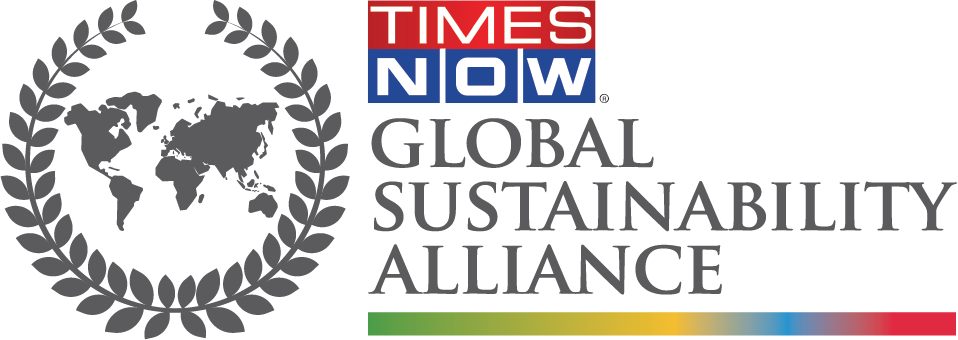According to the International Energy Agency, data centers consume approximately 200 terawatt-hours (TWh) of electricity, or nearly 1% of global electricity demand, contributing to 0.3% of all global CO2 emissions. This is why data centres must be part of the net-zero discussion
A data center is essentially a dedicated space used to house computer systems for processing, distribution and storage of data. It contains IT equipment like servers, networking equipment, storage systems. In addition, data centers house cooling and ventilation systems because they dissipate large amounts of energy. Data centres therefore need large amounts of energy and water.
With the rise of remote work and e-commerce, demand for computing power is rising exponentially and so is the carbon footprint of data centres. Most data centers’ cooling systems are inefficient and the heat removed by the cooling system can be a valuable resource, but is rarely used. Also, most data centers use non-renewable electricity sources meaning there is a good chance your next video meeting is powered by coal, oil or gas.
Building on-site renewable energy sources and partnering with green vendors are some steps being taken by large tech companies. By the close of 2022, Netflix will achieve net zero greenhouse gas emissions. To reach this goal, the company will first reduce internal emissions by 45% by 2030. Amazon recently became the world’s largest corporate purchaser of renewable energy, Google and Microsoft are not far behind. since 2014, SAP owned and run datacenters draw 100% of their power from renewable energy sources, mostly from wind turbines. Emissions are compensated through Renewable Energy Certificates. There is also significant work happening in optimizing energy use at data centres and making them hubs for storing and using energy.
